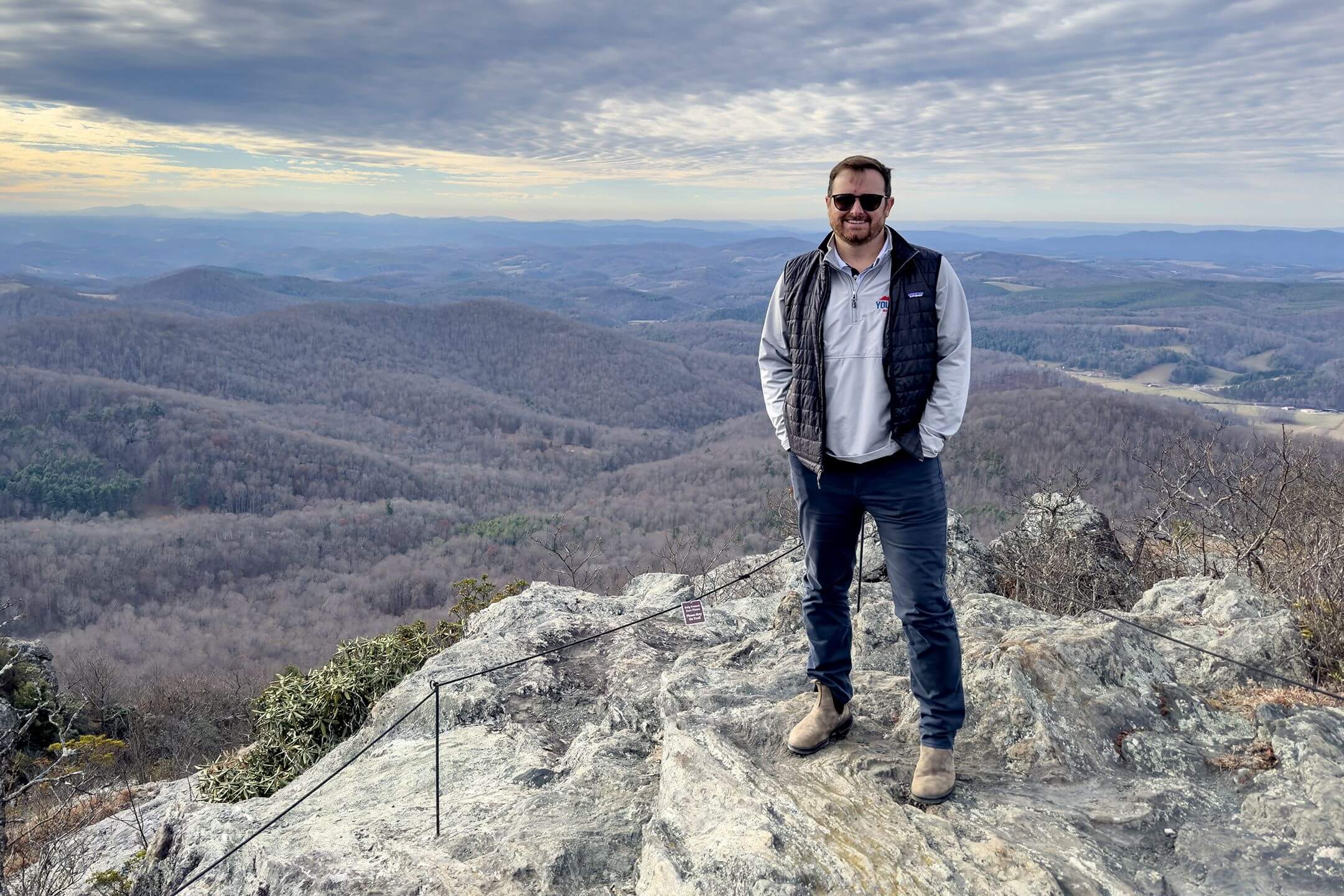I did a survey of University of Georgia Extension Service agents recently to see what kinds of wildlife management are in demand.
Surveys help spot trends to see what people want to know. They help us learn what kinds of animals are causing problems or creating opportunities.
Here are some examples of the trends:
Armadillo populations are exploding in south Georgia and expanding to the north. They cause headaches for homeowners by digging up their lawns and gardens.
Woodchucks are digging burrows and eating vegetables in backyards in the mountains. They're expanding to the south.
Deer are a new source of interest and conflict in suburbs statewide.
One of the most stunning comparisons of information requested is between urban and rural areas. Extension agents in urban areas on average get far more calls about wildlife of all kinds than their rural counterparts.
Some people may think wildlife live on the farm or in the forest and that's where the action is. That's true. But the biggest demand for wildlife management information comes from population centers.
The people, not the animals, ask the questions. And most of these questions come from the fastest-growing wildlife habitat: backyards. There, some wildlife may be pests in backyard agriculture. But backyard wildlife managers may encourage other species.
Hummingbirds are a good example of an animal people want to help. Extension agents receive thousands of calls per year on hummingbirds, especially in urban areas. So do wildlife biologists.
Terry Johnson of the Georgia Wildlife Resources Division told me the large majority of new sightings for the Rufous hummingbird come from populated areas.
That's because cities are where so many backyard managers tend their hummingbird feeders all winter in hopes of attracting this rare winter bird.
"Backyard wildlife management is 'the growth area.' It's just phenomenal," Terry says. "Interest exceeds our ability to respond."
What do these trends mean to professional wildlife managers?
Some of us are clearly out of our comfort zone. We want to stay with our hunting and fishing constituents. That's where some of our top-down planning has had major impact. For example, deer, turkey and beaver have thrived as a result of reintroduction to habitats where those animals had been driven out. Now these species need more management than ever.
But the urban backyard is a confusing new frontier for us to respond to.
This frontier is most frustrating when constituents have clashing values. Few people object to rat and mouse control. And no one objects to having more hummingbirds.
But it's what Bob Warren, one of my research colleagues, calls "charismatic megafauna" (i.e., big animals people like) that cause the biggest problems.
Urban deer and alligators are both megafauna, but deer cause more headaches. That's because people are more divided over what to do with charismatic "Bambi" in the city.
Removing an urban alligator, on the other hand, generates few complaints. "Finding out what wildlife managers can do that's acceptable to people with conflicting values is the challenge," Bob says.






